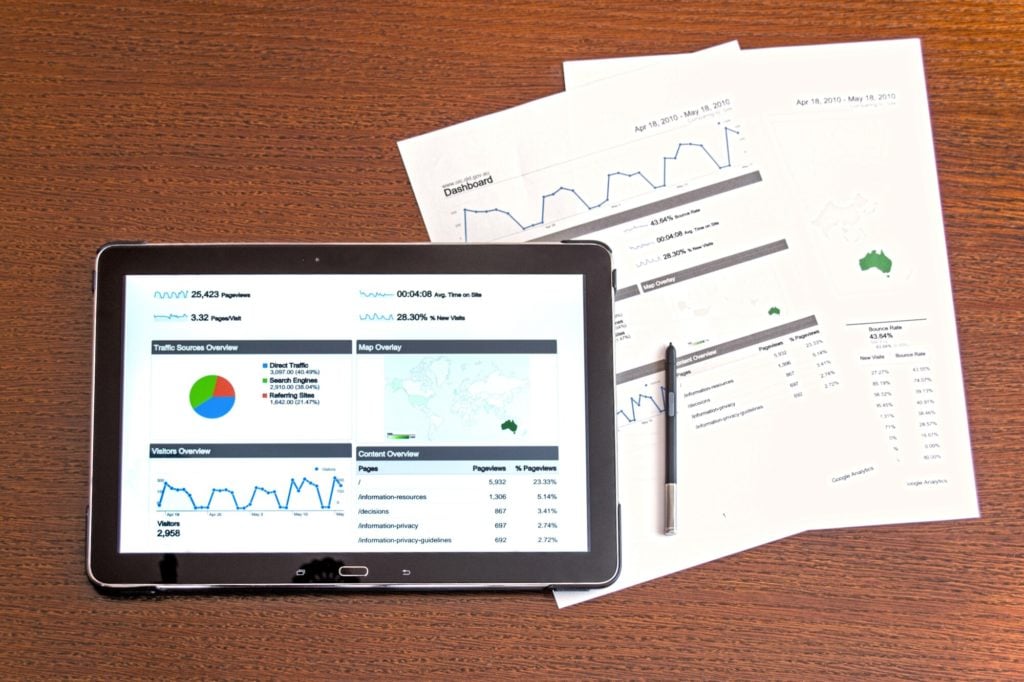
For those who are unaware, experts have projected that the cybercrime industry as a whole is estimated to be worth over $10 trillion by the year 2025. This means that it is more important than ever before in history to protect your corporate and personal data.
Although it might seem difficult, accomplishing this task is easier than you anticipate. Let’s take a look at everything you should know.
Keep Your Software Updated
Keeping your software updated is one of the most important steps that you can take when it comes to securing your data. Interestingly, though, many people tend to neglect this obligation.
In reality, using software that is even a few updates behind could pose a significant security risk. It is for this reason why developers consistently release security updates. Depending on the nature of the application you are using, developers might even push a security update every few days in order to protect against developing threats.
So, ensure that you take the time to update your software on a regular basis. It could likely mean the difference between whether or not you experience a cyber attack.
Train Your Team Properly
No matter how many security measures you implement, you will need to train your team properly in order to prevent contingencies from arising. This means they should have a strong understanding of how to recognize suspicious activity, how to properly store information, etc.
It’s worth holding training sessions multiple times per year, as well, in order to ensure that everyone is on the right track.
Destroy Data When Necessary
Not all information needs to be permanently archived. In fact, there are certain types of data that should be destroyed instead of stored to prevent them from falling into the wrong hands.
Instead, you should have an established procedure that dictates how you get rid of this type of information. Otherwise, you run the risk of another party gaining access to financial info, trade secrets, etc.
Implement Multifactor Authentication
For those who are unfamiliar with this term, multifactor authentication involves using multiple forms of identification before gaining access to data. In practice, this might involve an employee inputting a password into a computer system and then having a randomly generated code sent to their company email.
They would then input this code in order to prove they are the same individual who entered the password while also proving they are on a list of people allowed to access that data.
Protecting Corporate and Personal Data Can Seem Complicated
Fortunately, the above guide has all of the information you need. From here, you’ll have no trouble ensuring that your corporate and personal data stays as safe as possible at your organization.
Want to learn more about what we have to offer? Feel free to get in touch with us today and see how we can help.
